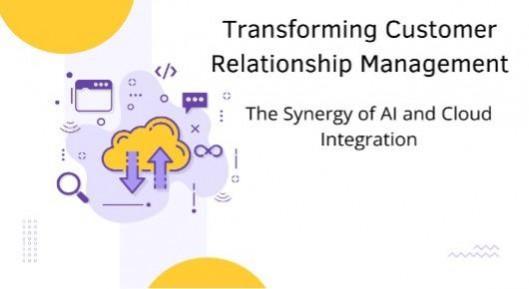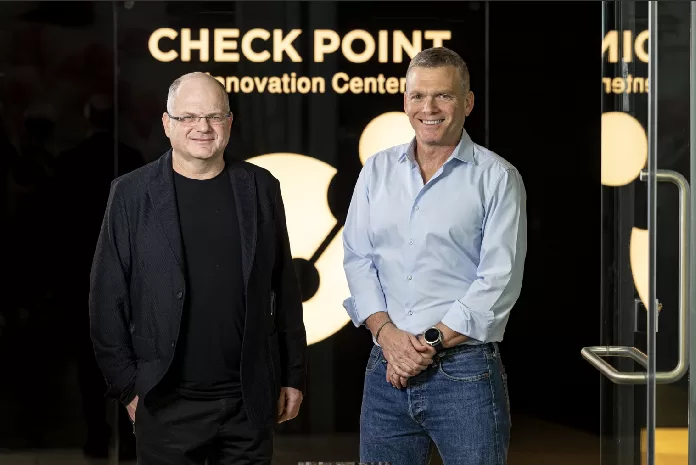
Mobile subscriptions in India stand at 115.12 crore: CentreIANS
The total number of mobile subscriptions in the country now stands at 115.12 crore (as on October 31), the Parliament was informed on Wednesday.
Out of 6,44,131 villages in the country, around 6,23,622 villages now have mobile coverage, Minister of State for Communications and Rural Development, Dr Chandra Sekhar Pemmasani, told the Lok Sabha in a written reply to a question.
Mobile coverage for inhabited uncovered villages is provided by the government and the telecom service providers (TSPs) in a phased manner, he added.
Further, the government is implementing various schemes and projects under Digital Bharat Nidhi (DBN) for the expansion of telecom connectivity through the installation of mobile towers in rural, remote, and hilly areas of the country, said the minister.

Government informed that mobile network coverage in rural India has reached nearly 97 per centReuters
In addition, the BharatNet project (earlier known as National Optical Fiber Network) being funded by Digital Bharat Nidhi is being implemented in a phased manner to provide broadband connectivity to all Gram Panchayats (GPs) in the country.
The amended BharatNet Programme was approved by Cabinet for the up-gradation of the existing network of BharatNet Phase-I and Phase-II, creation of a network in the remaining nearly 42,000 gram panchayats, operation and maintenance for 10 years and utilisation at the total cost of Rs 1,39,579 crore, said Dr Pemmasani.
Last week, the government informed that mobile network coverage in rural India has reached nearly 97 per cent and at least 6,14,564 villages are covered with 4G mobile connectivity.
In a reply to a question in Rajya Sabha, Dr Pemmasani said that under the Pradhan Mantri Janjati Adivasi Nyaya Maha Abhiyan
(PM JANMAN) of the Ministry of Tribal Affairs, 4,543 particularly vulnerable tribal group (PVTG) habitations were identified as mobile uncovered and out of these, 1,136 PVTG habitations have been covered with mobile connectivity.
In the meantime, 5G services are now available in 779 districts out of 783 districts in the country (as of October 31). Further, more than 4.6 lakh 5G Base Transceiver Stations (BTSs) have been installed in the country, informed the minister.
(With inputs from IANS)














